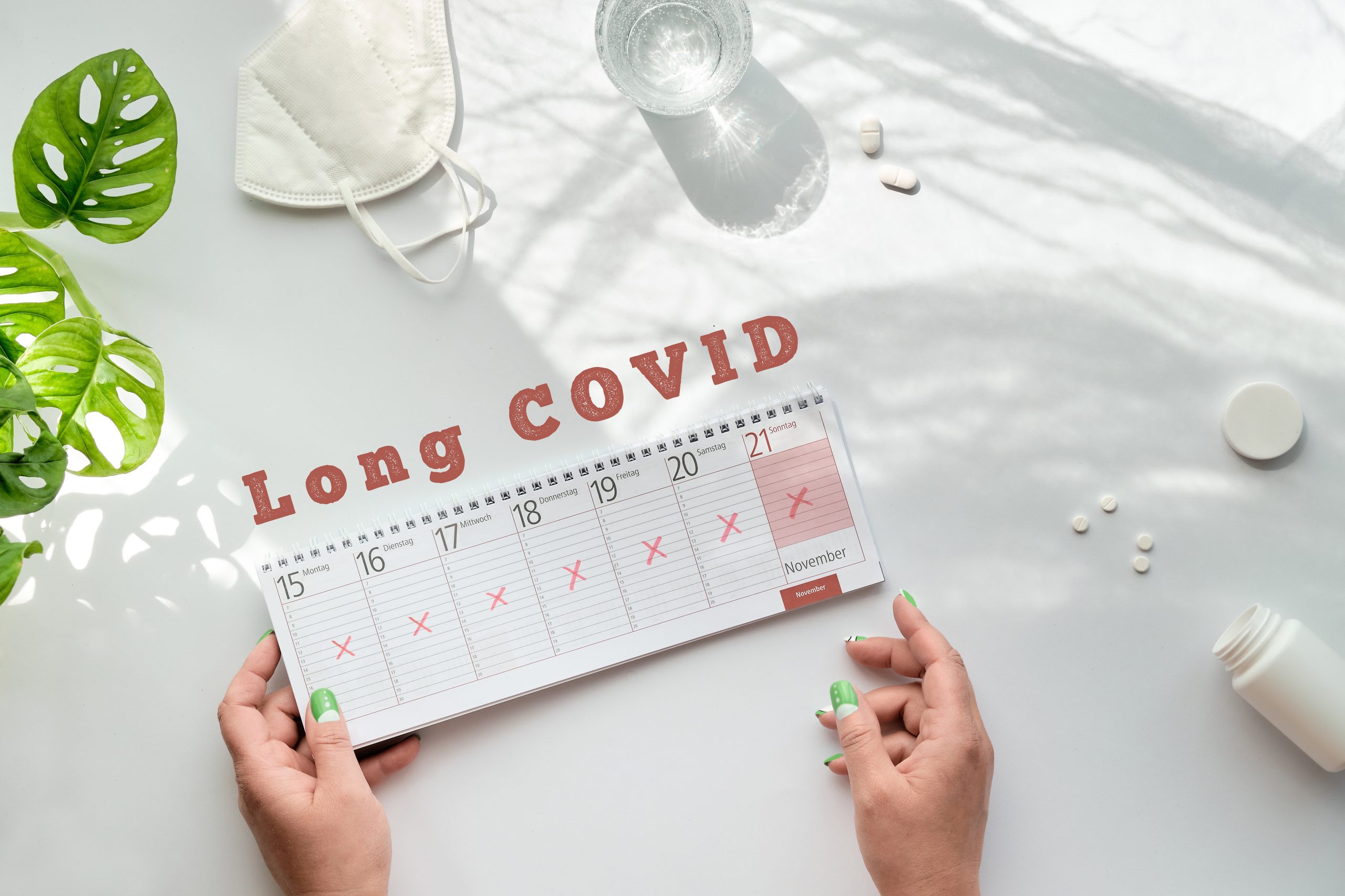Simply because the numbers of patients with long COVID is so vast (400 million worldwide, 200 recorded symptoms), you can bet there’s a lot of research going on trying to figure out how to test for it and how to cure it.
Just last week, Nature Communications published the results of yearlong interviews of almost 5,000 long COVID patients who had been followed for the top eight symptoms of long COVID. These symptoms are:
- Fatigue that interferes with daily life, worse after exertion,
- Fever or feverishness,
- Cough, shortness of breath,
- Brain fog,
- Sleep disturbances,
- Change in smell or taste,
- Gastrointestinal symptoms,
- Joint/muscle pain.
Unfortunately, there are NO POSITIVE TESTS to diagnose long COVID so that victims endlessly hear, “We can’t find anything wrong with you,” and with no positive tests, are routinely denied disability benefits.
The results of the Nature Communications interviews (condensed in HealthDay, an online public access magazine) revealed EIGHT OUTCOMES OF LONG COVID as follows.
Overall, about 10% of long COVID patients developed their symptoms three months after infection. Among these, 4 out of 5 (81%) continued to have symptoms a year later.
Among patients with long COVID, eight distinct pathways emerged. These pathways were those of patients whose symptoms:
- Remained high at all times.
- Fluctuated, only intermittently meeting the threshold for long COVID.
- Decreased over time.
- Started low and disappeared by 6 months.
- Increased over time.
- Started low but increased after 15 months, driven partly by an increase in post-exertional malaise.
- Remained low, with intermittent bouts that didn’t meet the minimum threshold.
- Were so minimal they never met the threshold for long COVID.
What does a report like this mean “in general”? Well, if your health changed for the worse some time during the past five years (when COVID began), you might be on one of the eight long COVID tracks.
If you show up at WholeHealth Chicago with undiagnosed chronic symptoms, a pile of negative tests, we’ll begin with our notoriously obsessive intake interview which will focus on the questions, “When did your health change?”, “Did you have COVID?”, and “What chronic illnesses did you have before COVID?”.
This last question is very important because for many with long COVID, researchers have shown that the main manifestations are often a reactivation of an old medical problem (Lyme, fibromyalgia, Epstein-Barr, IBS, multiple sclerosis, etc., etc.).
THERE ARE STEPS TO TAKE TO FEEL BETTER WITH LONG COVID
It will help if you understand what’s going on with long COVID. The medical term for this is pathophysiology and may answer your question, “Why am I taking these pills?”.
The current thinking is that the SARS virus triggered release of an excessive amount of inflammatory proteins called cytokines. You might have heard the term cytokine storm during the pandemic. This storm inflamed the tiniest of blood vessels everywhere in your body and caused the production of micro clots of a protein called amyloid. The clots blocked blood supply to cells throughout your body, damaging the mitochondria, the energy centers everywhere.
Treatment now follows a logical path: reduce cytokine production; dissolve amyloid micro clots; restore health of mitochondria; improve total oxygen supply throughout your body.
“So why did my doctor tell me there’s nothing to be done?”
Actually, our protocol has been used overseas (especially in Japan) for years. Nothing’s gone through FDA testing; nothing’s owned by Big Pharma. Get it?
If you believe you’re suffering consequences of long COVID or a chronic illness may have been reactivated, schedule with one of our practitioners.
Be well (Oh, and Happy Thanksgiving!),
David Edelberg, MD
